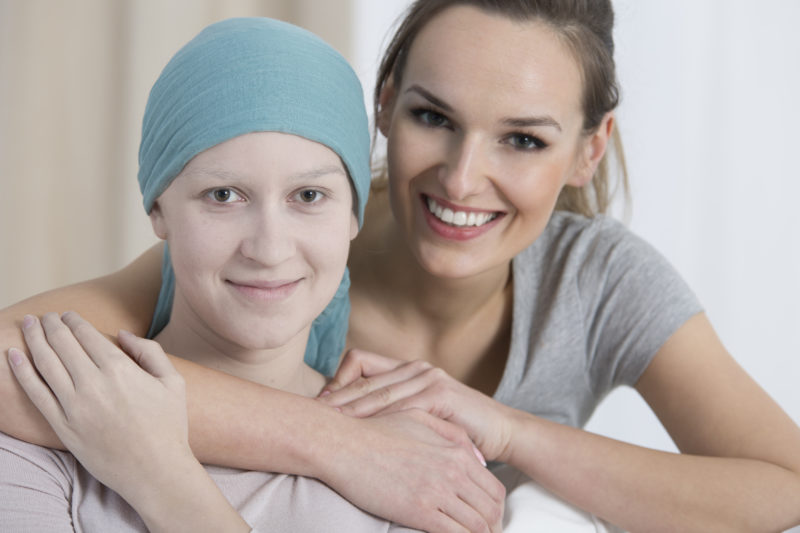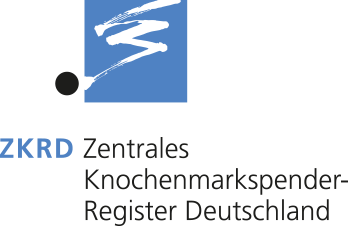Saving Lives by donating Stem Cells
Leukemia was first described as a disease in 1845 by Rudolf Virchow, a prominent physician at Berlin Charité University Hospital. “Leukemia” can be freely translated as “white blood” and refers to the pathological multiplication of white blood cells. Today, several diseases of the blood-forming system are covered by this term.
The blood consists of cells that move around in a fluid (blood plasma). These blood cells are divided into three types: erythrocytes (red blood cells) are responsible for transporting oxygen, leukocytes (white blood cells) are responsible for the body’s immune system, and platelets (thrombocytes) are responsible for blood clotting. All these cells have a limited lifespan in the blood, meaning that the body must continuously produce new cells. These cells grow in the bone marrow from so-called blood stem cells by dividing and passing through several stages of maturation, entering the bloodstream as soon as they are functional. This ensures a constant supply of fresh blood containing functional cells.
Pathological multiplication of white blood cells
You are currently viewing a placeholder content from YouTube. To access the actual content, click the button below. Please note that doing so will share data with third-party providers.
More Information
Bei einer Leukämie kommt es zu einer starken Vermehrung von weißen Blutkörperchen, insbesondere ihrer noch nicht ausgereiften Vorstufen. Die kranken Leukämiezellen verdrängen die gesunden Zellen im Knochenmark. Dies führt zu einem Mangel an gesunden Blutkörperchen aller drei Arten und äußert sich mit folgenden Symptomen:
- Rote Blutkörperchen: Blässe und Leistungsschwäche durch verschlechterten Sauerstofftransport
- Weiße Blutkörperchen: erhöhte Anfälligkeit für Infektionen durch fehlende Immunzellen
- Blutplättchen: blaue Flecken und schwer stillbare Blutungen durch verhinderte Blutgerinnung
Je nach Art der Leukämiezellen unterscheidet man zwischen myeloischen und lymphatischen Leukämien. Beide Leukämiearten können akute oder chronische Verlaufsformen annehmen. Akute Leukämien entwickeln sich sehr schnell und können ohne Behandlung innerhalb weniger Wochen lebensbedrohlich werden. Im Gegensatz dazu entwickeln sich chronische Leukämien schleichend und äußern sich teilweise erst nach Monaten oder Jahren durch Symptome.

Im Wesentlichen unterscheidet man zwischen folgenden Leukämien:
- Akute Myeloische Leukämie (AML)
- Akute Lymphatische Leukämie (ALL)
- Chronische Myeloische Leukämie (CML)
- Chronische Lymphatische Leukämie (CLL)
Die Heilungsaussichten variieren je nach Art und Ausprägung der Leukämie. Da Leukämien sehr individuell verlaufen, muss der behandelnde Arzt für jeden Patienten ein persönliches Therapieschema erstellen. Oft ist die Behandlung mit einer Chemotherapie oder Bestrahlung aber nicht ausreichend. Dann ist die Übertragung (Transplantation) gesunder Blutstammzellen die einzige Hoffnung auf Leben.
Indikationen für eine Stammzelltransplantation
Auch bei einer Reihe anderer Bluterkrankungen hat sich die Übertragung gesunder Stammzellen bewährt. Vor allem bei schweren Immundefekten und bei Krankheiten, die eine besonders aggressive Behandlung wie eine massive Chemotherapie oder starke Bestrahlung erfordern.
Beispiele für Erkrankungen sind:
- Acute myeloid leukemia (AML)
- Acute lymphocytic leukemia (ALL)
- Chronic myeloid leukemia (CML)
- Chronic lymphocytic leukemia (CLL)
- Myelodysplastic syndrome (MDS)
- Non-Hodgkin’s lymphoma (NHL)
- Hodgkin’s lymphoma (HL)
- Plasmocytoma/multiple myeloma
- Polycythaemia vera
- Osteomyelofibrosis
- Severe aplastic anemia
- Sickle cell anemia
- Fanconi anemia
- Paroxysmal nocturnal hemoglobinuria (PNH)
- Thalassaemia major
- Immunodeficiencies (congenital or acquired, e.g. SCID)
A more detailed list (in German) can be found in the indication catalog of the German Working Group for Bone Marrow and Stem Cell Transplantation (DAG-KBT): <https://dag-kbt.de/Leitlinie_zur_allogenen_SCT.html
Questions and answers
The most frequently asked questions and answers about typing and stem cell donation can be found in our FAQs.
From typing to transplantation
Here you can find information about the process of a stem cell donation from the perspective of the patient and the donor at a glance.
Would you like to sign up?
Simply contact your nearest donor center. More information about the donor centers and their locations can be found on our address page.




